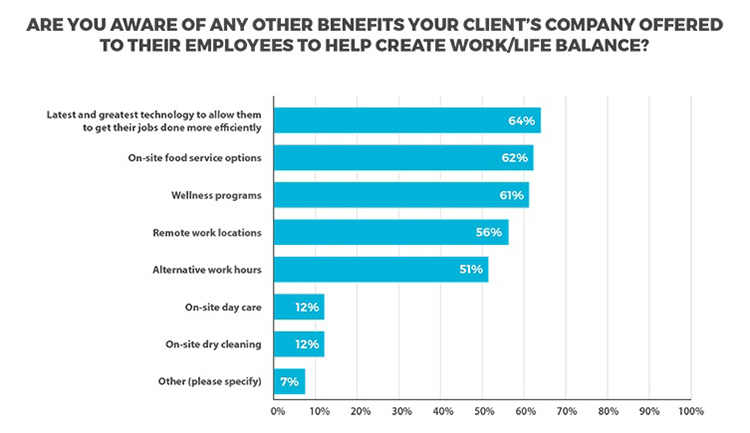- What's New
- Pricing & Purchasing
- Lead Times
- Literature & Samples
- Services & Warranties
- Careers
- Find a Rep
The Work/Life Balancing Act

Your alarm goes off at 6 a.m. What’s the first thing you do?
If you’re like most, you turn over and grab your smartphone. You check social media, your text messages and inevitably your work email. Our constant use of technology, like laptops and smart phones, has led to 24/7 connectivity. Our work lives are quickly and steadily infiltrating our personal lives. While the goal is to disconnect at the end of the work day, we don’t. We really are working anytime, anywhere.
As someone who continually monitors workplace trends and discussions, I see the topic of work/life balance gaining momentum. We all fall victim to answering emails on the weekends, during vacation and after hours. And to be honest, many employers are starting to expect employees to be available during these times. But, employees are starting to push back with workplace expectations of their own.
We frequently work with companies in the tech industry. It’s safe to say that tech doesn’t follow the typical 9-5 office structure. Their business is unique; the rate of change and growth outpaces the average organization. “Normal” in their world means working long hours and weekends.
Recruiting is different too. The hiring process is as competitive as the work they do is fast-paced. Workers are looking at their culture much closer than other traditional workplaces. It’s inexcusable to have a lackluster culture. Employees are opting to work for organizations that offer amenities or work schedules that make the balancing act of work and life easier.
Tech companies recognize this, and in order to keep top talent, are trying to ease the burden with workplace policies, amenities and space planning strategies that make the transition between work and personal priorities easier.
We recently surveyed nearly 400 people across the country in the architecture and design community who work closely with clients from the tech sector. We wanted to know what drives tech culture and the design of their workplaces.
Not surprisingly, work/life balance surfaced as one of three key trends or priorities for tech employees. Our A&D respondents explained that from Baby Boomers to Gen Z, all tech clients expressed interest in design strategies that meld personal and professional pursuits.
What amenities are tech companies offering and how does space play a role? Our survey revealed many, which are outlined below.

- Flexible work schedules and remote locations – With 24/7 connectivity, employees want to morph the traditional 9-5 schedule to attend to personal matters. It’s not necessary to be tethered to a traditional desk to get work done. If working on a proposal at 9 p.m. works best for them, they want that option.
- Technology – Providing employees the latest technology to allow them to get their jobs done more efficiently is key.
- On-site food service options – Employees may be willing to work longer hours or on the weekends if there are healthy and convenient food options available.
- Wellness programs – Offering wellness programs or on-site fitness centers go a long way to keeping employees healthy and engaged. Fitness is also a stress reliever.
- On-site day care – Keeping children close makes it easier for employees to get into work, stay longer and quickly go to and from family obligations like doctor’s appointments, etc.
- On-site dry cleaning – Just one more item to check off the weekly to-do list!
We work daily with tech clients who are trying to differentiate their workplace and really their culture from competitors. They have to recruit AND retain top talent. Spaces need to support the perks above as well as the unique requirements of their business. If employees are expected to go above and beyond they deserve a stellar work environment that makes them want to stay.
If you’d like to learn more about what’s driving tech culture, I encourage you to contact us to schedule our CEU, “Emerging Space: How the Technology Industry is Driving Workplace Change”.
Subscribe
Stay up to date with the latest trends and more.
